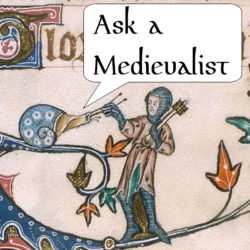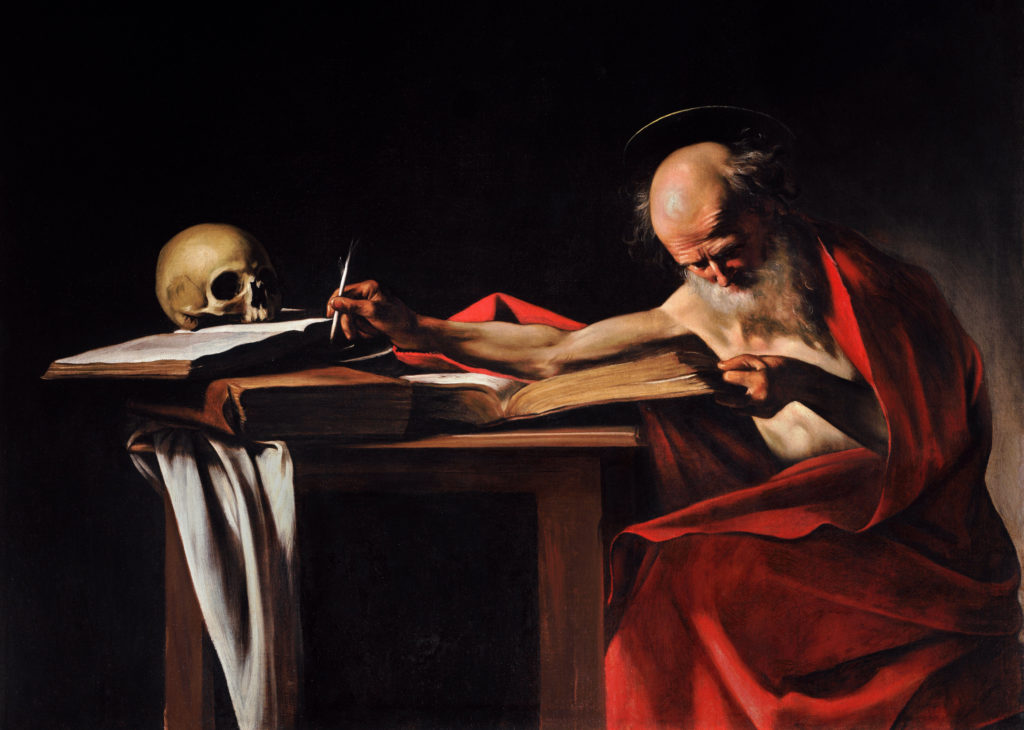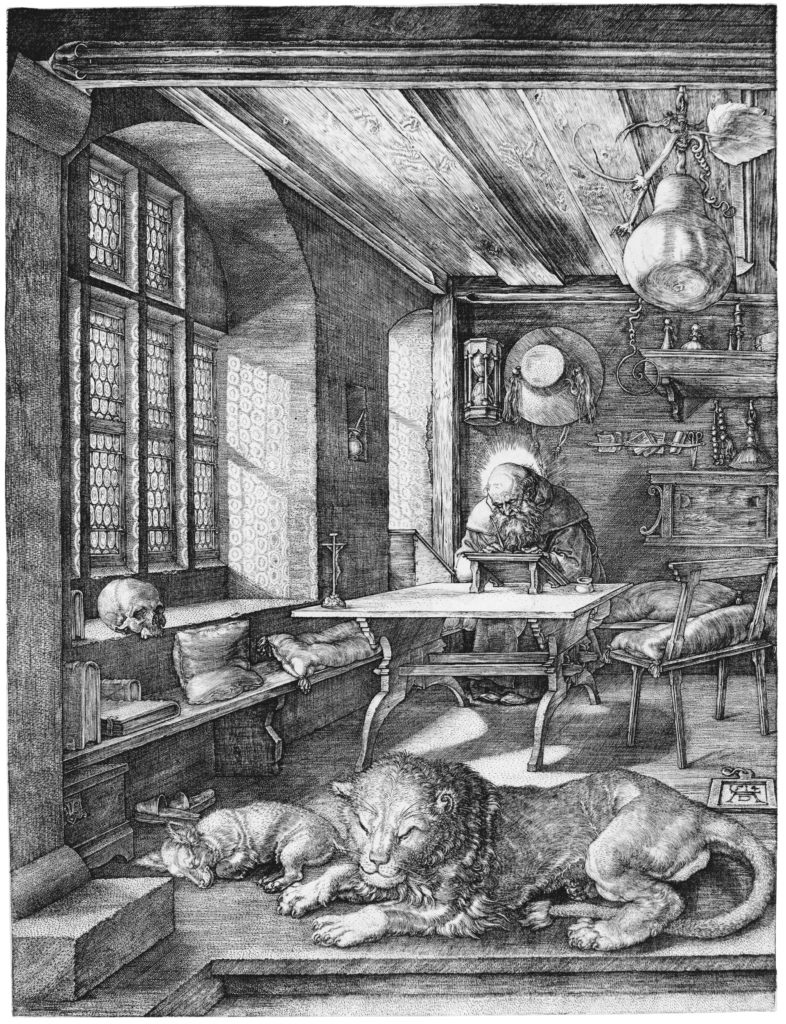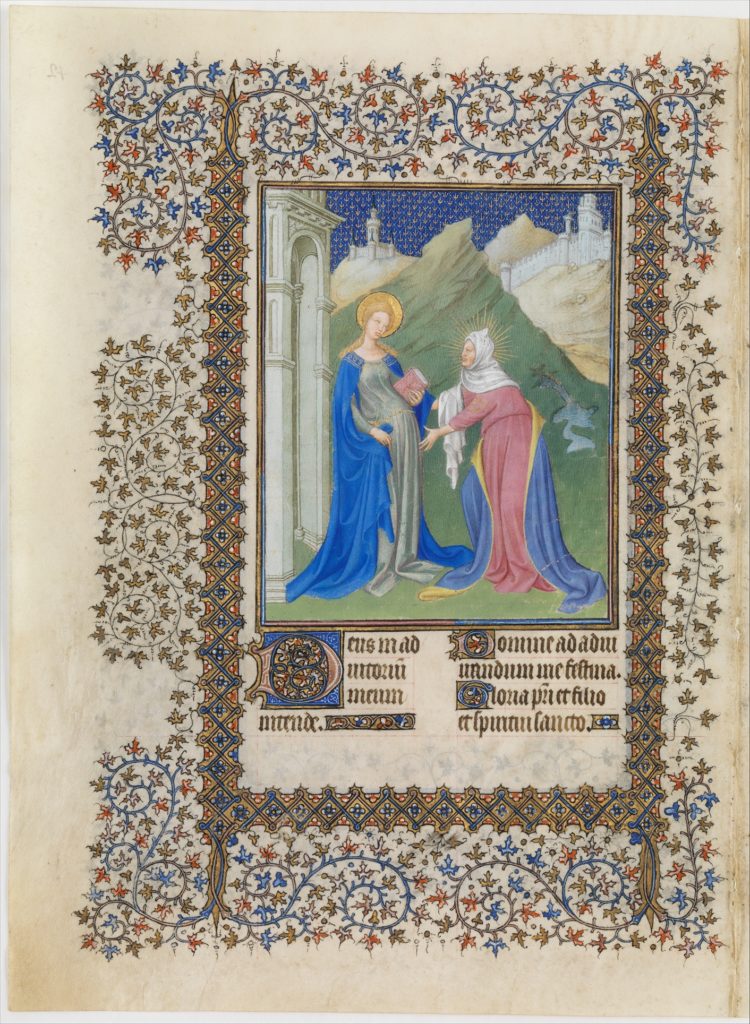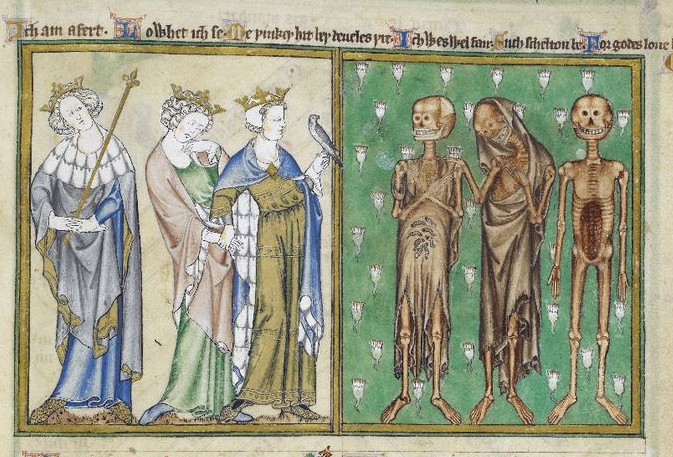Summary
“One night in Bangkok makes a hard man tremble.” Weird concept musicals by Abba members aside, Asia is a place that many in the West have a fairly Orientalist relationship with, seeing it as both exotic and primitive. In today’s episode, we explore that relationship; starting with the French “restoration” of Angkor Wat, we move on to the naming of countries and map making. Includes some digressions on CSI, lese-mageste laws, the play Cambodian Rock Band, and the fall of the Berlin Wall. If you’re not a regular reader of the notes, be sure to at least check out note 20 (around 1:10:40) for transcription of a bit that had to be cut because of recording issues.
Notes, Annotations, and Corrections
1/ Jesse: If anyone is wondering, the CSI:Miami episode is “Man Down,” season 5, episode 15 (aired in February 2007).
Em: Sir Archibald Mapsalot III.
2/ Emily: “So, Asia… uh… It’s really big.”
About Mongolia: There’s a lot of China that is farther west than Mongolia, but you could also say the same thing for a lot of South/Southeast Asia–China is very big. Technically, the US Department of State classes it as East Asia, but I don’t believe the UW-Madison Department of East Asian Languages and Literature had anything to do with it (go figure). Arguably it has more in common with a lot of Central Asia owing to having been ruled by various Steppe nomad tribes–although come to that, China was as well, and–
Anyway, enjoy this song by the premiere heavy metal band of Mongolia, the HU. [Great song!–Jesse]
3/ Anthony Reid’s Wikipedia page has a list of his publications. Southeast Asia in the Age of Commerce vols. I and II are the ones that I read.
4/ The lese-majeste laws in Thailand basically limit what can be said about the royal family (as well as royal development projects, the royal institution, the entire Chakri dynasty, and any previous Thai king). Every couple of years, there’s a big case of some foreigner being brought up on charges for drunkenly punching a portrait of the king or stepping on a bank note or something. Unclear how this will change under the new king (Rama X), who is not as beloved as his father was. There have been a bunch of higher profile cases recently (a lot more protests recently).
The King Never Smiles, by Paul M. Handley, was an unauthorized biography of Rama IX (Bhumibol) and did not paint him in a good light (I believe it cast some doubt on the official story of how he came to be king as well–although other biographers, including the authorized biographer William Stevenson, have also proposed weird theories and gotten their books banned as a result). If all of this sounds very mysterious, go read Ananda Mahidol’s (Rama VIII) Wikipedia page.
5/ The mysterious book about Thai prisons may have been The Damage Done by Warren Fellows, but “Thai Prison Memoirs” is an entire genre–here’s a list of several. Note that they are disturbing.
QI clip about prison. [Most of QI is hilarious. This clip is not!–Jesse]
6/ Siem Reap, Cambodia. Lovely place. Be careful not to wander through random fields and be careful going out late at night–one of the unfortunate legacies of the various wars Southeast Asia has faced (both the Viet Nam War and the Khmer Rouge takeover) is that there are unexploded mines and other ordinance in many places–I believe Cambodia has the highest ratio of amputees per capita in the world because of this.
Em’s entire shpiel about Angkor is largely drawn from Penny Edwards, Cambodge, University of Hawai’i Press, 2008. Amazon link.
French Indochina was Vietnam, Laos, and Cambodia.
Three major types of Buddhism:
- Mahayana Buddhism (e.g., Zen): Anyone can become enlightened through meditation.
- Theravada Buddhism: We will support the monks so they can become enlightened. The good karma this generates will allow us to be reborn and become monks to become enlightened.
- Vajrayana Buddhism (e.g., Tibetan, like the Dalai Lama): Kind of Mahayana, kind of its own thing. It’s–weird. (Like, intentionally weird stuff–a lot of esoteric rituals.)
In general, you get Mahayana Buddhism in China, the Koreas, and Japan; Theravada Buddhism in mainland SE Asia + Sri Lanka; and Vajrayana Buddhsim in Tibet and its mountainous border regions (Northern India, Nepal, Bhutan), and also in Mongolia, Tuva, and parts of Western China (the Steppes, including, oddly enough, Kalmykia–a Russian federal subject with the population of Madison that is the only place in Europe where Buddhism is the most-practiced religion).
7/ Columbusing: Discovering Things for White People. [Reverse Columbusing is usually just assimilation. 🙁 –Jesse]
Old joke: What did Watson and Crick discover?
Answer: Rosalind Franklin’s research notes. [Love this, glad we could use it here!–Jesse]
8/ “There were Khmer people living in Cambodia…” Worth noting, though Em explains a bit later on that Siem Reap was not part of Cambodia when Mouhout found it, that the capital had been moved from Siem Reap to Oudong (not directly–it moved all over the place), possibly as a result of the war with Thailand that led to Cambodia losing the Siem Reap area in the first place. In 1865, the capital was moved again to Phnom Penh, where it remains to this day.
9/ For more on icons, see episode 10.
10/ The whole Khmer Rouge situation was way more complex than can be summarized here. (And I [Em] didn’t really want to talk about it in the episode, because there’s a TON of legit history in Cambodia, and not everything has to be about the KR.) But I think we talked about it enough that I should provide a few resources…I am trying to think of how I learned about it…and the answer is really when I visited the Killing Fields (Choeung Ek) in Cambodia, that was sort of when I started to find out about it (there was a bar that showed a documentary that I wound up watching too, and the next day I think I went to Tuol Sleng–there are a lot of really well-documented sites in Phnom Penh). But since flying to Phnom Penh is not a great option at the moment, you might want to check out this virtual exhibit by the United States Holocaust Memorial Museum. The cliff notes version is something like:
- The Khmer Rouge were a radical Communist/Marxist group that took over Cambodia in 1975 and held power until 1979. Saloth Sar, alias Pol Pot, was its leader.
- Unlike other Communist groups in the region (like the North Vietnamese), the KR had this weird ideology that focused on the rural peasantry and a rejection of technology/intellectualism.
- The KR was a brutal regime that singled out and killed intellectuals, city residents, religious practitioners (of any religion, I believe), and Cham and Vietnamese minorities. Even wearing glasses was enough to get you sent to one of their prisons, where you would be interrogated, tortured, and killed.
- In 1979, the Vietnamese government got tired of Cambodian incursions into Vietnam and launched an attack, eventually toppling the regime. Although foreign journalists had been writing about the situation well before that (see, for example, the film The Killing Fields), the international community did nothing, and some intellectuals (like Noam Chomsky) actually denounced refugees, saying they were anti-Communist and therefore clearly lying about their experiences.
- The KR were largely never brought to justice–Saloth Sar died in 1998, having been imprisoned on house arrest for about nine months, and many KR members continued to serve in the government of Cambodia for a long time. However, relatively recently a few of the surviving members of the regime were convicted by a UN tribunal. Part of the problem was apparently finding a definition of genocide that would include most of the people Cambodia killed (about one to three million people in all, about a fifth of the population of the country), but exclude “the killing of a specific class of people,” which would also have implicated Stalin (and thus made Russia–part of the international court–angry). My former colleague Dr. Michelle Caswell has written a lot about the KR, record keeping, and archiving–I suggest checking out her works.
- Because a lot of Cambodians don’t like the Vietnamese much, there are still a lot of sympathies in the country for the KR–their legacy has been very politicized and the atrocities (somewhat) forgotten. Which is a weird and terrifying sentence to write. Also I met a woman who was with the Vietnamese army when they rolled in (I think everyone was required to serve–I don’t remember what her position was) and she mentioned how she would always remember the smell in Phnom Penh when they arrived…
- Sorry, that got dark. Anyway, Cambodia is a nice place to visit now.
Jesse: We can all agree that the definition of genocide should have included Stalin, and that is all I have to say about Russia at the moment.
11/ Lauren Yee, Cambodian Rock Band. The play premiered at South Coast Rep, and the main actor Jesse is discussing is Joe Ngo. Check out this essay he wrote for TheaterMania about how his parents’ stories as survivors of the KR became integral to the play!
Also check out the music of Dengue Fever. This is the one you have possibly heard before if you are into Welcome to Night Vale. But they have a ton of other songs up on YouTube–just be sure to search for “Dengue Fever Band.” [Here’s a Spotify link to the Signature Theatre cast album of Cambodian Rock Band. Their album is also available to buy.–Jesse]
12/ Per the name of Thailand/Siam: Thailand was always known as “muang Thai” to the people who lived there (“muang” means city, but also state! Tricky). The name Siam seems to have a disputed source–possibly Pali, Sanskrit, Mon, or from the Chinese “Xian” (which, so the theory goes, would have been pronounced Shi-an and turned into Siam by Portugese traders). Anyway, “Siam” was the official name from around the time of King Mongkut (Rama IV, ruled during the 1850s-60s) until 1939, and then briefly again from 1946-48.
Officially, the US refers to the country-formerly-known-as-Burma as Burma. The UN uses Myanmar. Both names are related to the majority ethnic group (Barmar), one being a more literary form and one more colloquial. The country’s post-colonial government adopted the name “Myanmar” in 1989 as part of a project to kick British colonial romanizations/spellings out of English.
Jesse: Check out Guy Delisle’s work! Here’s the Burma Chronicles link.
13/ Otzi: the oldest known mummy found in Europe (i.e., the one from longest ago, not the actual oldest at time of death).
14/ I’m not going to link to all the various disputes we mention. The biggest things to remember about borders are: they are always porus; things flow across them, in part because ethnic/tribal/etc. groups tend to extend across them; China has a lot of border disputes.
15/ Les Blancs, by Lorraine Hansbury. Fun fact: Lorraine Hansbury attended the University of Wisconsin-Madison. [Yay!!!!–Jesse]
16/ [58ish] Actually, it’s “54°40′[N] or fight.” Incidentally, that is not where the border between the US and Canada wound up, which is more like 49° N (except for Vancouver Island). Also, in the 1840s, Canada was really the British Empire, so it’s not like we were going to fight Canada–we were going to re-litigate the revolution. (Although: that distinction doesn’t prevent (modern day) Canada from claiming credit for burning down the White House during the War of 1812 (different war than referenced in the 1812 overture, but still a good one). [Yes! Same War of 1812 referenced in this song, which is what the Candian version is based on. –Jesse]
17/ McGirt v. Oklahoma is the case.
Jesse: Our poet laureate is Joy Harjo.
18/ Map from June 2016.
Maybe from August 2019.
Jesse: Notice how empty the eastern US is…Trail of Tears, other forced migrations, and so much genocide.
More on map projections here and here.
Also, true story: the DLR (“docklands light rail”) is on the same map (this is how you would get to Canary Wharf, to give a landmark you may have heard of), but if you’re at King’s Cross St Pancras, there’s no one who will tell you that you can actually change from the Jubilee line to the DLR. Em is apparently carrying a lot of unresolved bitterness about the London Underground. But she does love the Parisian Metro. It’s all about finding a language you understand. [I just want to reiterate how much I love subways and all trains and they are the BEST.–Jesse]
“The London Underground is not a political movement.”
Map of New York’s subways and burroughs. If you look at Central Park in Manhattan, you’ll see how wonky (“stylized”) the map is.
19/ Thongchai Winichakul, Siam Mapped: A History of the Geo-Body of a Nation, University of Hawai’i Press, 1997. Amazon link. I think he is now professor emeritus.
Benedict Anderson, Imagined Communities: Reflections on the Origin and Spread of Nationalism, Verso, 1983. Amazon link (to revised ed.). Another classic by a scholar of Southeast Asia (although with a bit more broad application).
20/ At 1:10:40ish, we had a recording issue. Here is a transcription of what Dr. Jesse said:
…and so the maps that the navigator had created and learned showed the swells of the oceans. Right? Because islands have swells. And so you could tell when you were lying in the bottom of the boat, specifically [there were] four different swells and you could tell where you were in the island chain by the swells. Of course, European navigators mostly used the surface of the ocean, and didn’t have landmarks outside of islands. The idea that the swells themselves are landmarks is a sort of wonderful point. And something that it took Europeans a while to realize that this was the way they were navigating. And it’s also, of course, why people from the Pacific islands, those types of navigation are how they manage to travel from island to island and also manage to get to places like California and stuff. You have a sort of ability to recognize features that aren’t on most maps, but are there and recognizable nevertheless. Or if you think of something like an electrocardiogram, right? That’s a map, right?
[I know I have to stop saying “right” so much! I can’t help it–it’s a great way to get students to nod at you to show that they’re paying attention.–Jesse]
Sorry for the remaining buzz I was unable to remove.
21/ See Abel Buell’s 1784 map (with giant states of Virginia, North and South Carolina, and Georgia) here and read up on it and him here.
Compare Buell’s 1784 map to the 1721 Catawba map sent to Francis Nicholson, the royal governor of South Carolina.
Yinka Shonibare. See also episode 11 note 21.
Here is the Hereford Mappa Mundi (World Map).
Here’s a video on Shonibare’s project on the world map.
Here are some articles about Shoibare’s project with good pictures and comments: Article 1, article 2.
22/ T and O Map.
23/ Czechoslovakia, for the young ones in the audience, existed from 1918 to 1993. Subsequently it became the Czech Republic and Slovakia.
The USSR ended in 1991.
The story about the fall of the Berlin Wall being reported while I was in the back seat of my mom’s station wagon on I-90 outside of Chicago (I feel like we were stuck in rush hour traffic (probably near O’Hare) and maybe going through one of those awesome Midwestern thunderstorms) is true as far as I remember. Official demolition of the wall began in June of 1990, so I think that is when we had the conversation, rather than when the Brandenburg Gate officially opened in 1989 or when demolition was completed in November of 1990.
The fact that she was upset says a lot about what being Jewish was like in the US after WWII. For more on this, read Maus. [READ MAUS. Just…read it.–Jesse]
Podcast: Play in new window | Download

